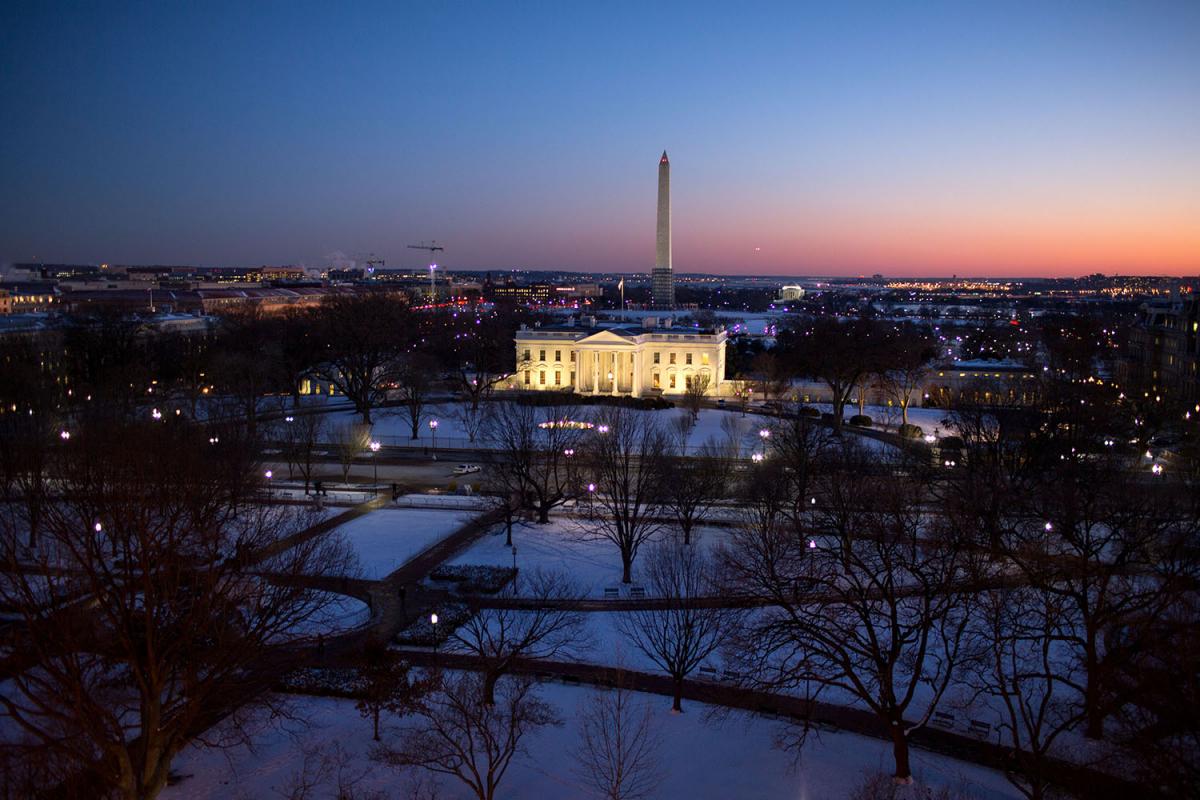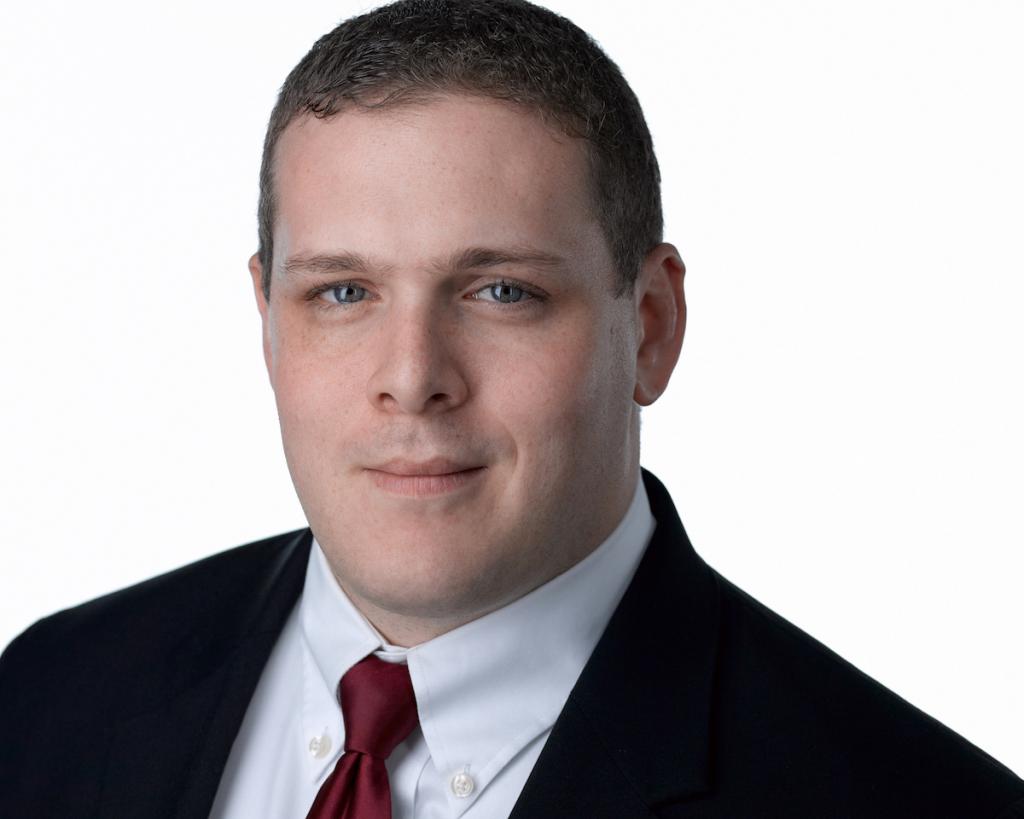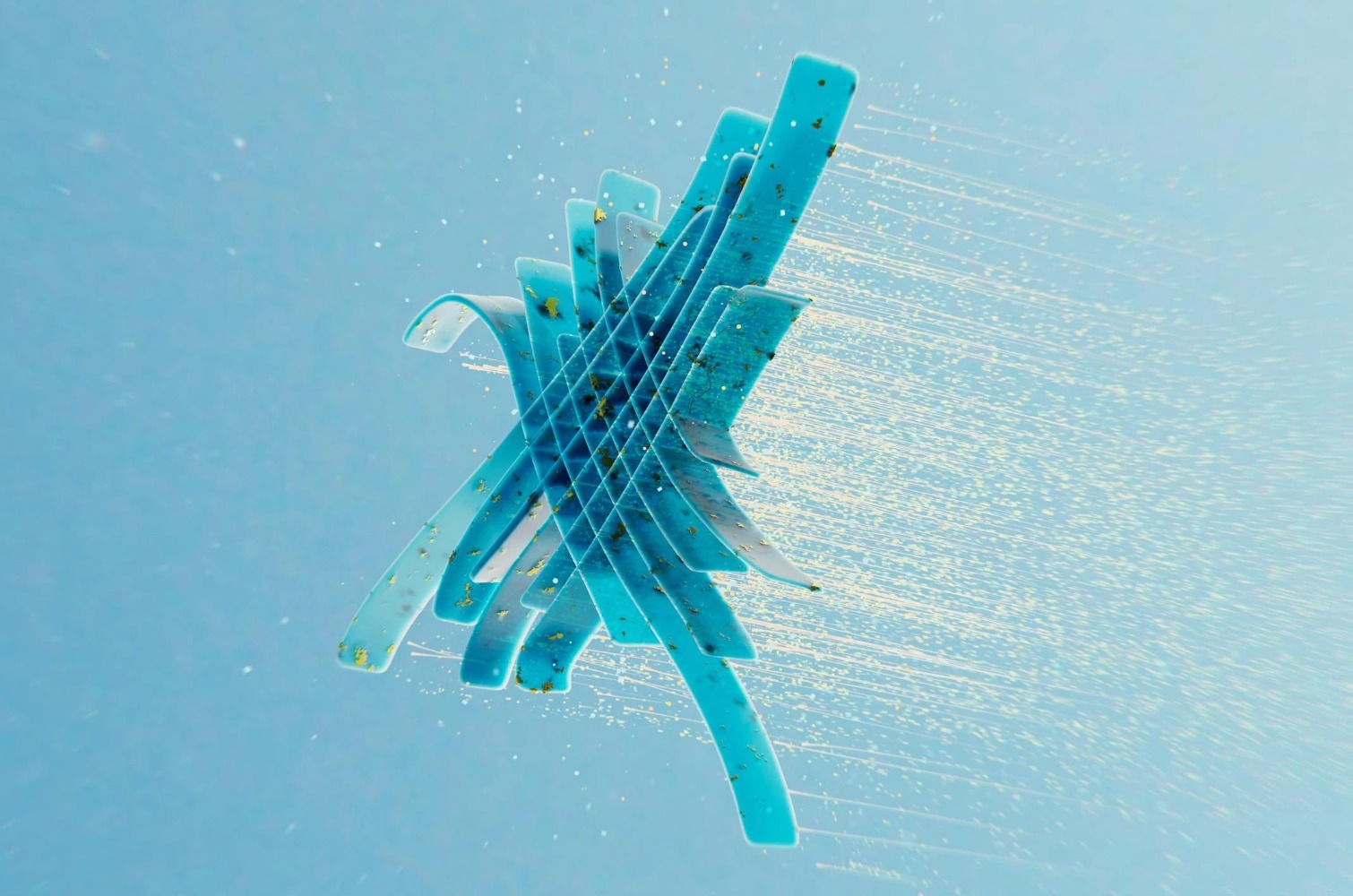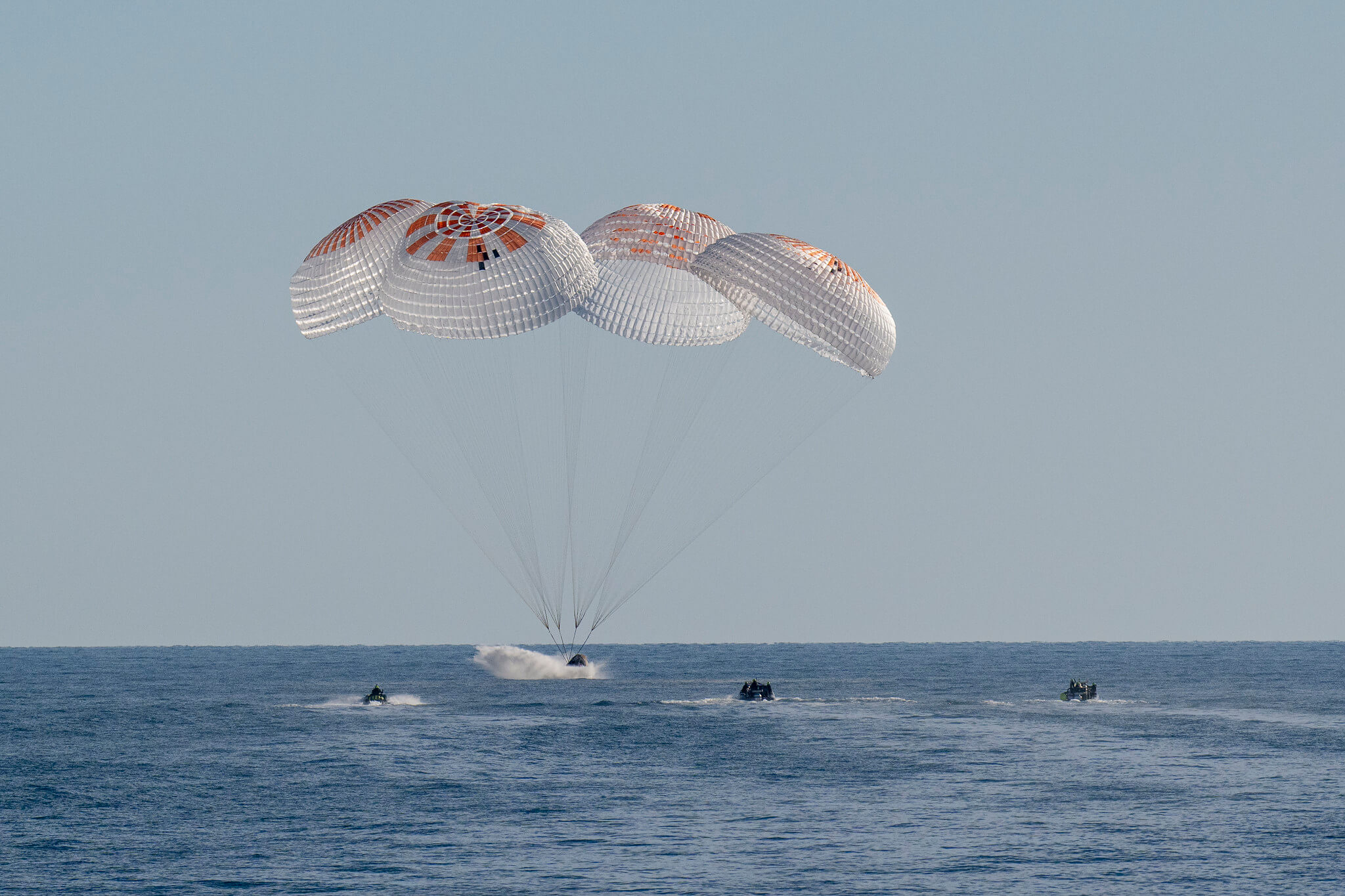Obstruction of Justice and the Presidency: Part III
In Part I of this series, I concluded that the “president cannot obstruct justice when he exercises his lawful authority that is vested by Article II of the Constitution.” For purposes of either a criminal conviction, or an impeachment trial, I wrote, “the question of whether the president obstructs justice will turn on whether his actions are supported by Article II itself.”

Published by The Lawfare Institute
in Cooperation With

In Part I of this series, I concluded that the “president cannot obstruct justice when he exercises his lawful authority that is vested by Article II of the Constitution.” For purposes of either a criminal conviction, or an impeachment trial, I wrote, “the question of whether the president obstructs justice will turn on whether his actions are supported by Article II itself.”
Part II advanced a framework to understand how the Constitution’s negative limitations on Congress’s powers and positive vestings of power to the president both limit the scope of what can constitute “high Crimes and Misdemeanors.” With respect to the negative limitations, if the Constitution limits Congress’s power over certain areas—such as the religious test clause or the free speech clause—Congress lacks the power to define “high Crimes” on those bases. In a similar fashion, because the Constitution disables the president from, for example, violating a person’s life, liberty, or property, without due process of law, such conduct could give rise to “high Crimes.” On the flip side, when the Constitution grants the president and vice president certain positive powers, Congress cannot then define “high Crimes” on those bases.
This third installment will consider how “obstruction of justice” can serve as the predicate for “high Crimes,” with respect to the impeachments of Presidents Richard Nixon and Bill Clinton. Finally, this entry will discuss how the positive vestings of power over foreign affairs in President Trump, combined with his absolute power to remove a principal officer, could serve as the basis for his defense against obstruction of justice charges, either in a criminal court or a court of impeachment.
“Obstruction of Justice” and Presidents Nixon and Clinton
Professor Charles L. Black, Jr., in his classic volume on impeachment, concluded that obstruction of justice could be an appropriate ground for impeachment “when it occurs in connection with governmental matters, and when its perpetrator is the person principally charged with taking care that the laws be faithfully executed.” As I noted in Part I of this series, historical practice bears out Black’s determination that obstruction of justice can constitute a “high Crime[]” for purposes of the impeachment power; but not in all contexts. The first article of impeachment against President Nixon asserted that “in violation of his constitutional duty to take care that the laws be faithfully executed, [Nixon] has prevented, obstructed, and impeded the administration of justice.” Specifically, the president, “using the powers of his high office, engaged personally and through his close subordinates and agents, in a course of conduct or plan designed to delay, impede, and obstruct the investigation of such illegal entry; to cover up, conceal and protect those responsible; and to conceal the existence and scope of other unlawful covert activities.” This conduct included “counselling witnesses with respect to the giving of false or misleading statements” and “[a]pproving, condoning, and acquiescing in, the surreptitious payment of substantial sums of money for the purpose of obtaining the silence or influencing the testimony of witnesses.” In other words, Nixon told his subordinates to lie, and he sanctioned the payment of bribes as hush money.
There were no discernible negative limits on Congress’s authority to impeach and remove President Nixon for this conduct. Congress has a longstanding practice of criminalizing bribery, witness tampering, and related offenses. Nor are there any positive limits on Congress’s determination that obstruction of justice constitutes a “high Crime[].” Specifically, why did the House of Representatives conclude Nixon took these actions? “[F]or the purpose of securing political intelligence.” In no sense can that purpose be chalked up to one of Article II’s affirmative grants of power. Nixon could not—and did not—cite any of his positive Article II powers to justify interfering with the investigations, including bribing witnesses and instructing others to lie, that would contract the scope of impeachable offenses.
The articles of impeachment against President Clinton asserted several different grounds on which he obstructed justice. Article I, for example, provided that Clinton “willfully corrupted and manipulated the judicial process of the United States” by “impeding the administration of justice.” For what purpose did the House of Representatives conclude Clinton “willfully provided perjurious, false and misleading testimony to the grand jury”? “[F]or his personal gain and exoneration.” Like with Nixon, there are no negative limits on Congress’s authority to include this conduct under the umbrella of “high Crimes.” Further, there was no conceivable positive Article II power to justify Clinton lying under oath about his peccadillos, that would contract the scope of “high Crimes.” Though neither Nixon nor Clinton was convicted, these articles of impeachment were both negatively and positively proper.
The Positive Limits on “Obstruction of Justice”
After months of swirling rumors and baby-cannon fires about collusion, President Donald Trump’s critics now view obstruction of justice as the leading ground for criminal prosecution or impeachment. Specifically, they assert that President Trump unlawfully interfered with the investigation into L’Affaire Russe. The primary predicate offense for this claim is Trump’s firing of FBI Director James Comey. Everyone—even the president’s staunchest critics—concede that Trump had the absolute power to remove Comey from office. Rather, what renders it criminal, or impeachable (I will treat the two interchangeably for purposes of this analysis), is Trump’s justification for the decision.
For example, Daniel Hemel and Eric Posner assert that the removal would be improper if it was done for improper motives: namely “personal, pecuniary, or purely partisan ends.” (I do not accept this framework in all of its respects—especially the conclusion that an elected official is barred from taking “purely partisan” actions—but I will work with it here.) The authors, though, concede that few actions are ever motivated by a single cause. In a complicated world, difficult decisions are made based on an array of factors.
In their thorough article, they consider possible complications that could arise when the president acts on mixed motives. “Imagine that the president intervenes in an investigation both,” they write, “because he fears that it will bring to light information that might stymie a critically important diplomatic effort and because he fears it will reveal evidence that a foreign power meddled in the last election to bolster his own bid.” Drawing from case law concerning non-presidential obstruction, Hemel and Posner posit a “but-for motive” standard to resolve such cases: “If the president would have taken the challenged action for national security reasons or in executing his responsibility to take care that the laws are faithfully executed, then that fact should immunize him from obstruction liability,” even if other motives are provable. They add, “[t]he application of the obstruction statutes to the president should not prevent him from carrying out his constitutional role.”
Hemel and Posner’s framework lends itself well to understanding Trump’s firing of Comey. We know from the president’s own words that the initial proffered reason for the termination—Comey’s role during the investigation into Hillary Clinton’s email server—was not the true justification. “I was gonna fire [Comey] regardless of [the] recommendation,” Trump told NBC anchor Lester Holt. The president’s critics assert that once this pretextual justification is smoked out, we are left only with what Hemel and Posner would call “personal, pecuniary, or purely partisan ends.” The analysis does not end here. Rather, a careful study must be made about whether there are any negative or positive limits on charging Trump’s conduct as obstruction of justice. If such limits exist, then President Trump’s action would receive constitutional immunity. The groundwork for such a defense has already been laid, and it begins, of all places, with James Comey’s own testimony to Congress.
Removing Comey and the “Cloud”
In testimony to the Senate intelligence committee, James Comey recalled a March 30 phone call that the president placed to his FBI office:
He described the Russia investigation as “a cloud” that was impairing his ability to act on behalf of the country. He said he had nothing to do with Russia, had not been involved with hookers in Russia, and had always assumed he was being recorded when in Russia. He asked what we could do to “lift the cloud.” I responded that we were investigating the matter as quickly as we could, and that there would be great benefit, if we didn’t find anything, to our having done the work well. He agreed, but then re-emphasized the problems this was causing him.
Comey also recounted one his final phone conversation with the President on April 11, 2017:
On the morning of April 11, the President called me and asked what I had done about his request that I “get out” that he is not personally under investigation. I replied that I had passed his request to the Acting Deputy Attorney General, but I had not heard back. He replied that “the cloud” was getting in the way of his ability to do his job.
During an exchange with Sen. Dianne Feinstein, Comey elaborated on his impression that the president viewed the Russia investigation as posing a “cloud” on his ability to govern:
FEINSTEIN: You describe two phone calls that you received from president trump. One on March 30th and one on April 11. He, quote, described the Russia investigation as a cloud that was impairing his ability, end quote, as president, and asked you, quote, to lift the cloud, end quote. How did you interpret that? What did you believe he wanted you to do?
COMEY: I interpreted that as he was frustrated that the Russia investigation was taking up so much time and energy. I think he meant of the executive branch, but in the public square in general. It was making it difficult for him to focus on other priorities of his. But what he asked me was actually narrow[er] than that. I think what he meant by the cloud — and, again, I could be wrong — but the entire investigation is taking up oxygen and making it hard for me to focus on what I want to focus on. The ask was to get it out that I, the president, am not personally under investigation.
Ironically enough, Comey’s account that Trump viewed the Russia investigation as a “cloud” was confirmed by—of all people—the Russians. On May 10, 2017, the day after firing Comey, the president met with several Russian officials in the Oval Office. The New York Times recounted that Trump told the Russians that firing Comey “had relieved ‘great pressure’ on him.” According to the report, Trump said “I just fired the head of the FBI. He was crazy, a real nut job ... I faced great pressure because of Russia. That’s taken off.” As Comey explained, the Russian investigation was placing a cloud over the president’s ability to govern on foreign policy.
Sean Spicer, then the White House press secretary “did not dispute the account.” Rather, Spicer said “[b]y grandstanding and politicizing the investigation into Russia’s actions, James Comey created unnecessary pressure on our ability to engage and negotiate with Russia.” Once again, framed as pressure, this rational bolstered the “cloud” argument that Comey recalled.
At the time, Neal Katyal suggested in a series of tweets that the Trump administration may defend the firing of Comey based on such foreign policy concerns:
[White House] is exploring mounting (or creating) a foreign policy defense for firing Comey. They are trying to develop the story that Comey was creating foreign policy problems, that his investigation was undermining closer relationships with Russia, and that the Pres[ident] has the prerogative in foreign affairs to do as he sees fit. Put simply, it appears that the rationale for firing Comey will be “it’s not obstruction of justice, it’s foreign policy.”
I flagged these tweets in my Lawfare post about whether Trump could fire Special Counsel Robert Mueller, but they are even more relevant here. Specifically, the argument Katyal raised forms the basis for a positive limitation on Congress’s power to impeach the president for obstruction of justice. Indeed, there is historical precedent here, though not a particularly glorious one. Attorney General Elliot Richardson, who resigned rather than fire Special Counsel Archibald Cox, recalled a similar entreaty from President Nixon during the Saturday Night Massacre:
I met with [Nixon] in the Oval Office. He knew I was going to resign rather than fire Cox, and he tried to talk me out of it. He painted a dire picture of the international crisis precipitated by the Yom Kippur War, the nuclear alert he had invoked the night before, and the possibility that Brezhnev would think that he has lost control of his administration. All of that was very disturbing. He urged me to delay my resignation until after this crisis had abated.
Nixon argued that the ongoing investigation into Watergate diminished his reputation on the international stage, and would make it tougher to interact with—of all foreign powers—the Russians (some things never change). This argument is not without merit. While Americans often get bogged down in the nuances of day-to-do domestic squabbles, in the foreign press, an investigation into the presidency resonates on a very profound level. Such an investigation suggests that the current president cannot be trusted, that his administration may soon come to an end, and that deals struck with that president are to be fleeting. In Zivotofsky v. Kerry, the Supreme Court explained that “Foreign countries need to know, before entering into diplomatic relations or commerce with the United States, whether their ambassadors will be received; whether their officials will be immune from suit in federal court; and whether they may initiate lawsuits here to vindicate their rights.” All of these questions hinge on the stability of the Commander in Chief. Questions abroad about the unity of the executive can frustrate American foreign interests. As Hamilton explained in Federalist No. 70, a lack of unity in the presidency can frustrate “[d]ecision, activity, secrecy, and dispatch”—essential attributes of any foreign policy, where the United States must speak with “one voice.”
Zivotofsky and the Positive Limits on Obstruction of Justice
Comey’s testimony, the leaked conversation with the Russians, and Spicer’s statement, lay the grounds for the (inevitable) positive defense against a criminal prosecution, or an article of impeachment: specifically, that the Article II powers over foreign affairs precludes Congress from punishing President Trump for his conduct in firing Comey. Here, Zivotofsky v. Kerry bolsters Trump’s case. Zivotofsky concerned whether Congress could require the secretary of state to update a passport to signify that a person born in Jerusalem was, in fact, born in Israel. Until this month, the United States did not recognize the city of Jerusalem as part of the nation of Israel. Thus, the court had to consider whether Congress improperly interfered with the president’s power to recognize foreign nations; that is, whether the recognition power is “exclusive” or one that is shared between the legislative and executive branches.
Though the phrase “recognition” appears nowhere in the Constitution, Justice Anthony Kennedy’s majority opinion derived from Article II’s structure that this power is exclusive. For instance, “it is a logical and proper inference,” Kennedy wrote, “that a Clause directing the President alone to receive ambassadors would be understood to acknowledge his power to recognize other nations.” In addition, he supported his conclusion based on the President’s power to initially “make Treaties”—that is, the “sole power to negotiate treaties”—a precondition to seeking subsequent senatorial consent. Critically, “the President himself has the power to open diplomatic channels simply by engaging in direct diplomacy with foreign heads of state and their ministers.” As relevant to the present case, “[t]he Constitution thus assigns the President means to effect recognition on his own initiative.”
The power to “open diplomatic channels simply by engaging in direct diplomacy,” is without question, a positive grant of power to the president, and thus a limitation on the scope of what can constitute a “high Crime[].” To put it in terms of the Supreme Court’s opinion in Morrison v. Olson, which I discussed in my previous post, the president would be immune from an obstruction charge if such a restriction would “impermissibly interfere with the President's authority under Article II.” Impermissibly interfering with the president’s ability to maintain “diplomatic channels” and engage in “direct diplomacy” would be unconstitutional.
Once again, Zivotofsky provides a relevant analogy. “The various ways in which the President may unilaterally effect recognition,” Kennedy explained, “and the lack of any similar power vested in Congress—suggest that it is” exclusive. Likewise, the various ways the president can “open diplomatic channels simply by engaging in direct diplomacy”—and eliminate the impediments thereof—and the lack of Congress’s power to interfere with such decisions (beyond confirming ambassadors), confirm that his power is exclusive, and cannot be cabined by prosecution, impeachment, or otherwise.
It is true that any agreement the president reaches will inevitably wind up at Congress’s doorstep—either through the treaty ratification process (Cf. Iran deal) or through the need for an appropriation. Accordingly, the Zivotofsky court observed, “Formal recognition may seem a hollow act if it is not accompanied by the dispatch of an ambassador, the easing of trade restrictions, and the conclusion of treaties.” The same reasoning goes for diplomacy. But in the first instance, the executive branch has unfettered powers over preliminary discussions with foreign nations. This is especially true when it is the president, and not an appointed ambassador, who engages in such direct diplomacy.
The Zivotofsky court offers a relevant standard for our situation: “If the President is to be effective in negotiations over a formal recognition determination, it must be evident to his counterparts abroad that he speaks for the Nation on that precise question.” There cannot be doubts about who is in charge, and whether promises made will be promises kept. There cannot be, in President Trump’s own words, a “cloud” over his ability to govern on matters of foreign affairs. In Trump’s defense, firing Comey was what enabled the opening of such channels. One could call it an Article II “reset.”
Because the president’s power here is “exclusive,” in the eternal words of Justice Robert Jackson, it “disable[es] the Congress from acting upon the subject.” That includes criminalizing that conduct, or impeaching the president on that basis. While Chief Justice John Roberts’s Zivotofsky dissent questioned whether the “Constitution provides the ‘conclusive and preclusive’ power required to justify defiance of an express legislative mandate,” with respect to the controverted recognition power, the analysis would be quite different concerning the far more mundane authority over the management of diplomatic channels. If the charges against Trump’s firing of Comey are ever litigated in court—whether Article I or Article III—Zivotofsky will play an important role. (I pause to stress that the Senate, sitting as a court of impeachment as a coordinate department of government, is in no sense bound by the judgments of the Supreme Court; that precedent is only persuasive.)
Morrison and the Negative Limits on Obstruction of Justice
Zivotofsky only concerns the positive limits on possible charges against President Trump concerning obstruction of justice. Morrison v. Olson explains a negative limitation on such charges. Specifically, the president has the absolute power to remove “principal officers.” Chief Justice William Rehnquist’s majority opinion concluded that because independent counsel Alexia Morrison was an “inferior” officer, her insulation from the traditional removal process was permissible. (This conclusion about such a powerful officer is utterly implausible for the reasons pointed out by Justice Antonin Scalia’s dissent.) But there is no doubt that the FBI director is subject to firing for any reason, or no reason at all, per the ruling in Myers v. United States. To quote again from Justice Jackson’s Youngstown concurrence, where the president’s power is “exclusive,” it “disable[es] the Congress from acting upon the subject.” That would include subjecting him to a criminal prosecution, or impeachment on that basis. Doing so would, in the words of the Morrison Court would “impermissibly interfere with the President's authority under Article II.” Whatever Morrison means—and whether it remains good law, an open question—Congress is disabled by imposing this negative restriction.
***
President Trump’s firing James Comey is supported by both the positive grant of authority over foreign affairs, and is enabled by the negative restrictions on Congress’s power over the removal of principal officers. Congress lacks the statutory authority to criminalize these actions. Were such a charge to be brought—before or after the president leaves office—the obstruction of justice statute, as applied, would be unconstitutional. Further, these positive and negative restrictions curtail the scope of conduct that qualifies as a “high Crime[].” Therefore, an article of impeachment based on this conduct would be positively and negatively improper.





